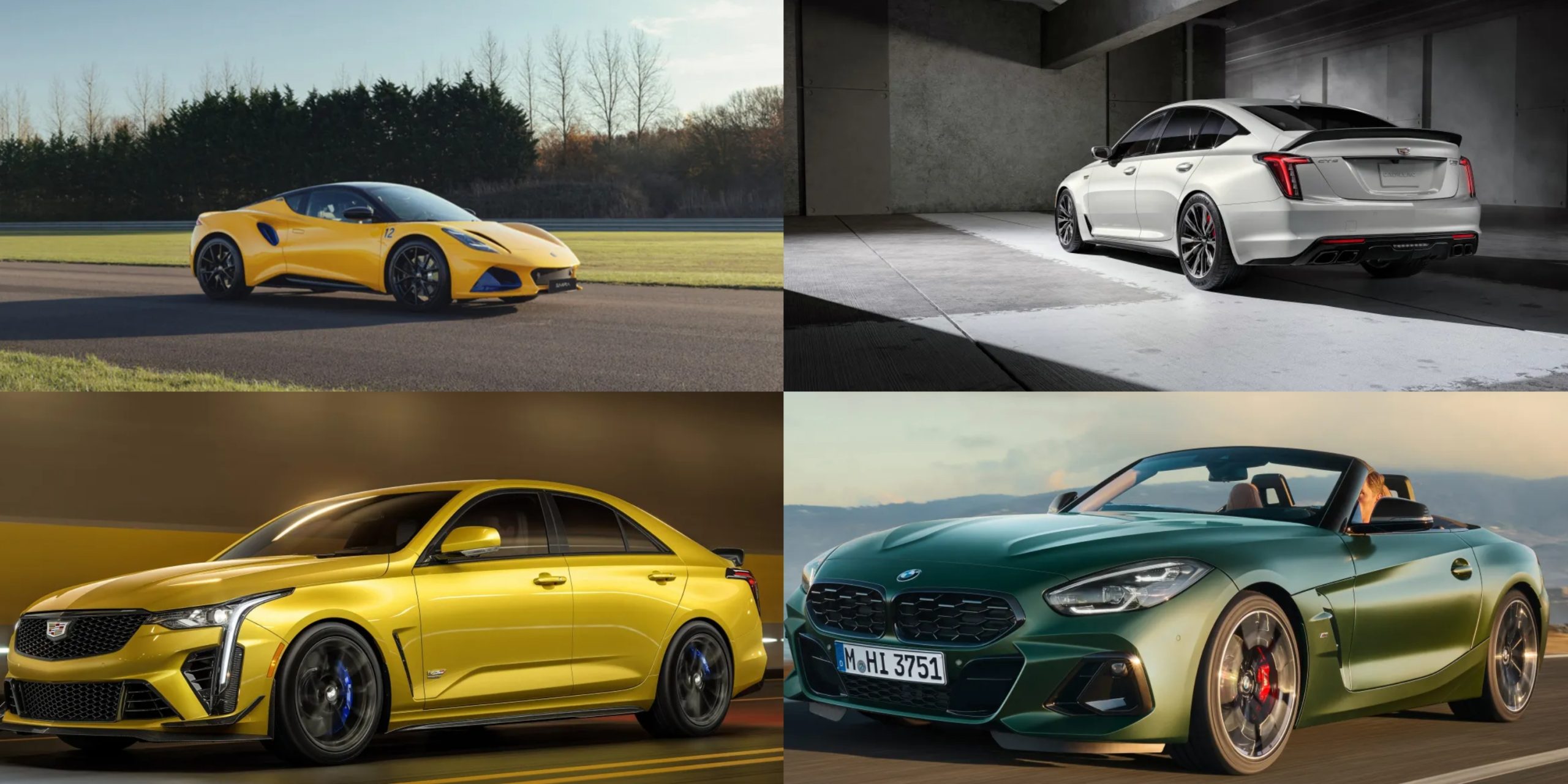It’s unfortunate, but true, that manual transmissions are becoming harder to find, even if they’re not disappearing completely. People’s driving preferences are changing, and electric cars are becoming more common, which makes it more difficult to find new cars with three pedals — though they do still exist.
In the U.S., many car companies have stopped offering manual transmissions. These include Mercedes, Audi, Ferrari, Lamborghini, Bentley, Rolls-Royce, Lexus, Jaguar, Maserati, and Aston Martin, among others. A few brands still make them, like Porsche, BMW, and even Cadillac, who continue to support this type of driving.
Luxury isn’t usually the main focus in the few manual cars that are still made by high-end brands. Instead, the attention is on how the car drives and how much power it has — something that matters to drivers who still want to shift gears themselves in a modern car.
It’s hard to picture companies like Porsche or BMW getting rid of manual transmissions completely. But like many older technologies in car manufacturing, it’s probably going to happen at some point.
This is partly because of changes in technology, but also because fewer people are buying stick shift cars. The ones who still enjoy them will have to make the most of what’s available while it lasts.
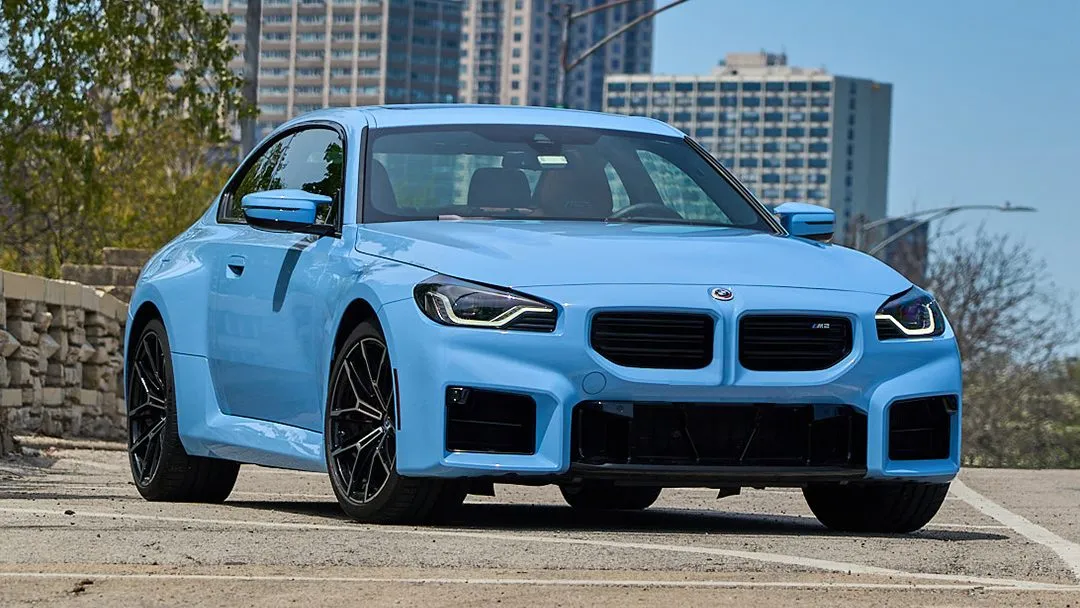
BMW M2
BMW is one of the few carmakers still offering manual transmissions. Out of the three models they sell with a manual, the M2 is our favorite. It comes with a 3.0-liter twin-turbocharged inline-six engine. The most recent design change makes it look a little less aggressive than the larger M3 and M4 models, but the way it drives is still outstanding.
Just like most BMW manuals throughout history, the M2’s shifter feels solid and balanced, although it doesn’t have the same sharpness you find in manuals from Honda or Porsche.
Also Read: 12 Durable Off-Road Vehicles That You Can Count On
Still, it’s great that BMW’s M series still gives drivers the choice to shift gears themselves. We really hope BMW keeps this option available in the future.
In production since 2016, this vehicle offers an impressive top powertrain option—a 3.0-liter twin-turbocharged six-cylinder engine that delivers 473 horsepower and 406 lb-ft of torque.
It accelerates from zero to 60 mph in just 4.1 seconds and reaches a top speed of 177 mph. With a starting price of $64,900, it combines performance and luxury in a compelling package.
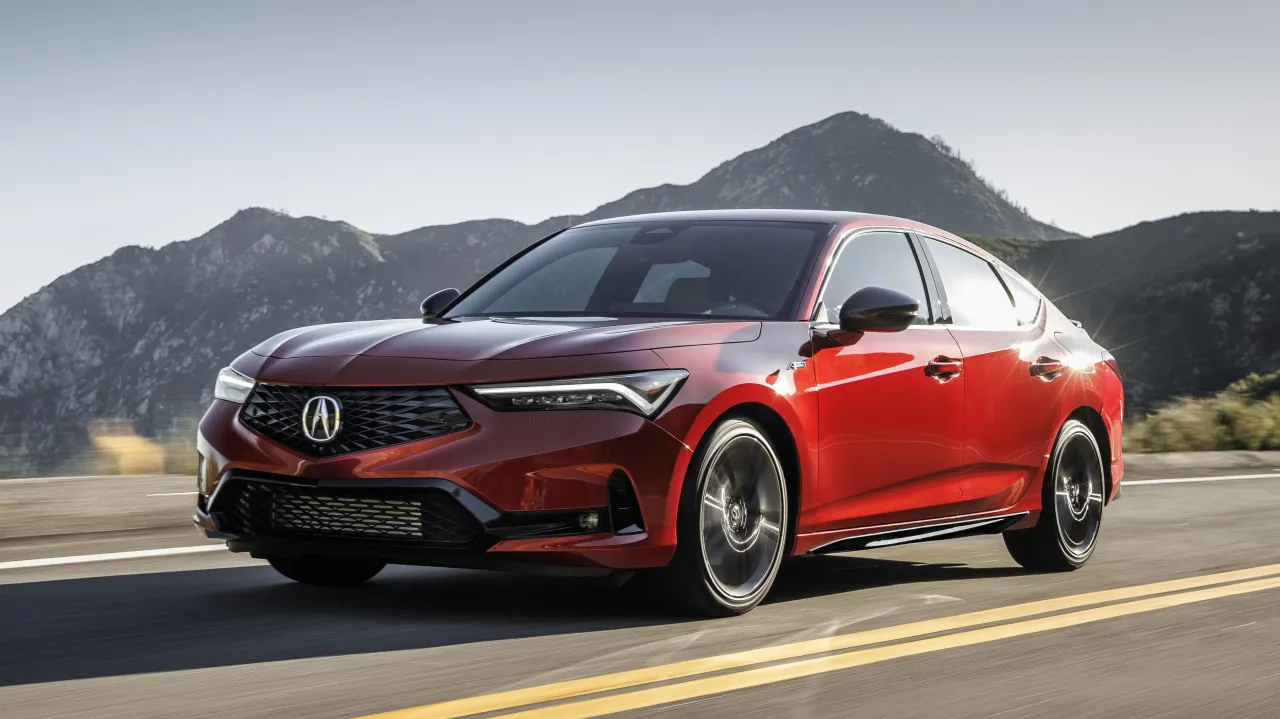
Acura Integra
The new Acura Integra doesn’t have the same classic styling or two-door coupe body as the much-loved version from the 1990s, but it’s still a fantastic car to drive — especially the quick and responsive Type S version.
The base model has a 1.5-liter turbocharged four-cylinder engine and a six-speed manual transmission that feels very precise, which is typical of Honda.
The Type S version builds on everything that’s great about the Civic Type R. It uses the same 2.0-liter turbocharged engine, great suspension, and extremely sharp transmission, but wraps it in a more comfortable and grown-up design. It’s the only setup that comes with heated seats alongside that drivetrain.
It also includes wider fenders and sportier front and rear bumpers. Inside, it has more supportive seats, a nice dashboard, high-quality materials, and an excellent ELS sound system. And, of course, you still get the option for a manual transmission — all for a reasonable price.
In production since 1985, this model’s top powertrain option is the Type S variant, featuring a 2.0-liter turbocharged four-cylinder engine that produces 320 horsepower and 310 lb-ft of torque. It can accelerate from zero to 60 mph in 5.1 seconds and has a top speed of 135 mph. With a starting price of $34,195, it offers a strong balance of performance and value.
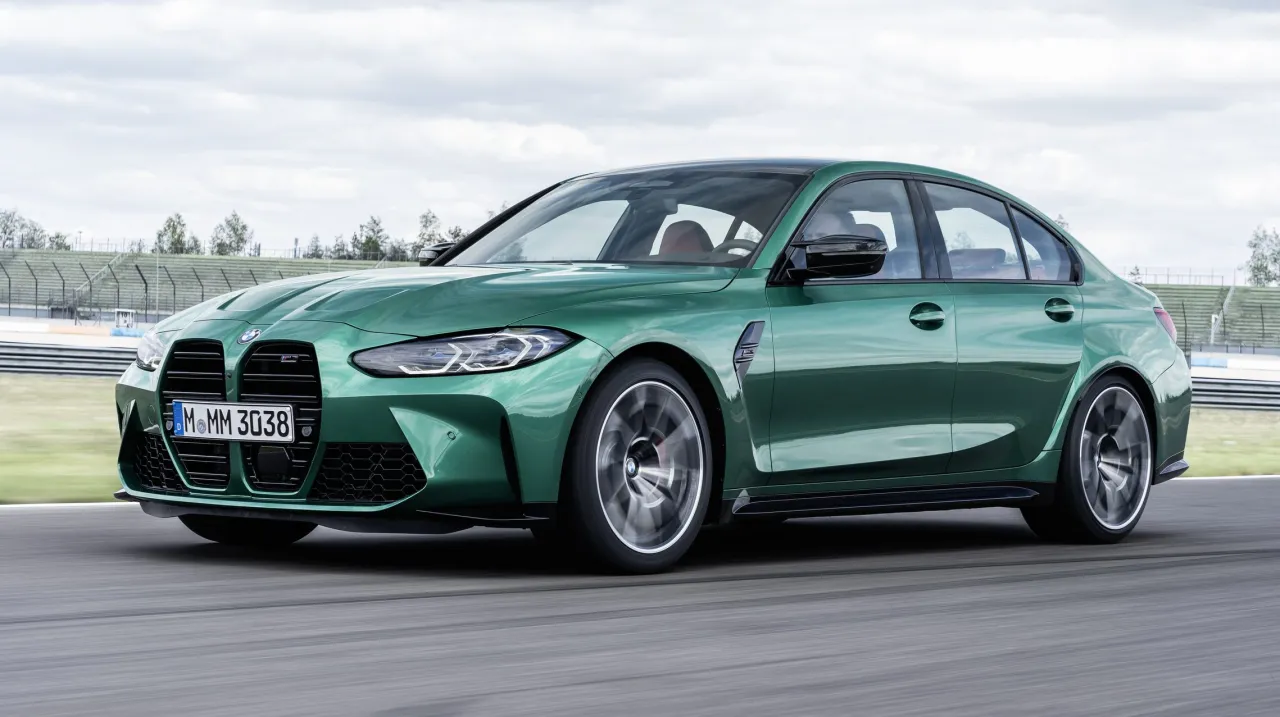
BMW M3 and M4
Everything about BMW’s G8x-generation M3 and M4 looks and feels intense. From the angry-looking front design to the powerful 3.0-liter turbocharged inline-six engine and even the uncomfortable M Carbon bucket seats, these cars are full of attitude.
However, we enjoy how the M3 and M4 handle things, and we appreciate that you can still get them with a manual transmission.
The only way to get a manual is by choosing the base model, not the Competition or xDrive versions. Still, even the base versions with 473 horsepower are strong performers that let you handle any road very accurately.
Since they’re BMWs, you’ll do that while riding in comfort. Neither car feels uncomfortable to live with, and if you skip the M Carbon seats with their painful center bump, they’re easy to use every day.
In production since 1986, with the M4 variant debuting in 2014, this performance duo offers a top powertrain option in the form of a 3.0-liter twin-turbocharged six-cylinder engine.
It delivers 473 horsepower and 306 lb-ft of torque, enabling a zero to 60 mph time of just 3.9 seconds and a top speed of 155 mph. Pricing starts at $77,175 for the M3 and $80,275 for the M4, reflecting their high-performance capabilities and refined engineering.
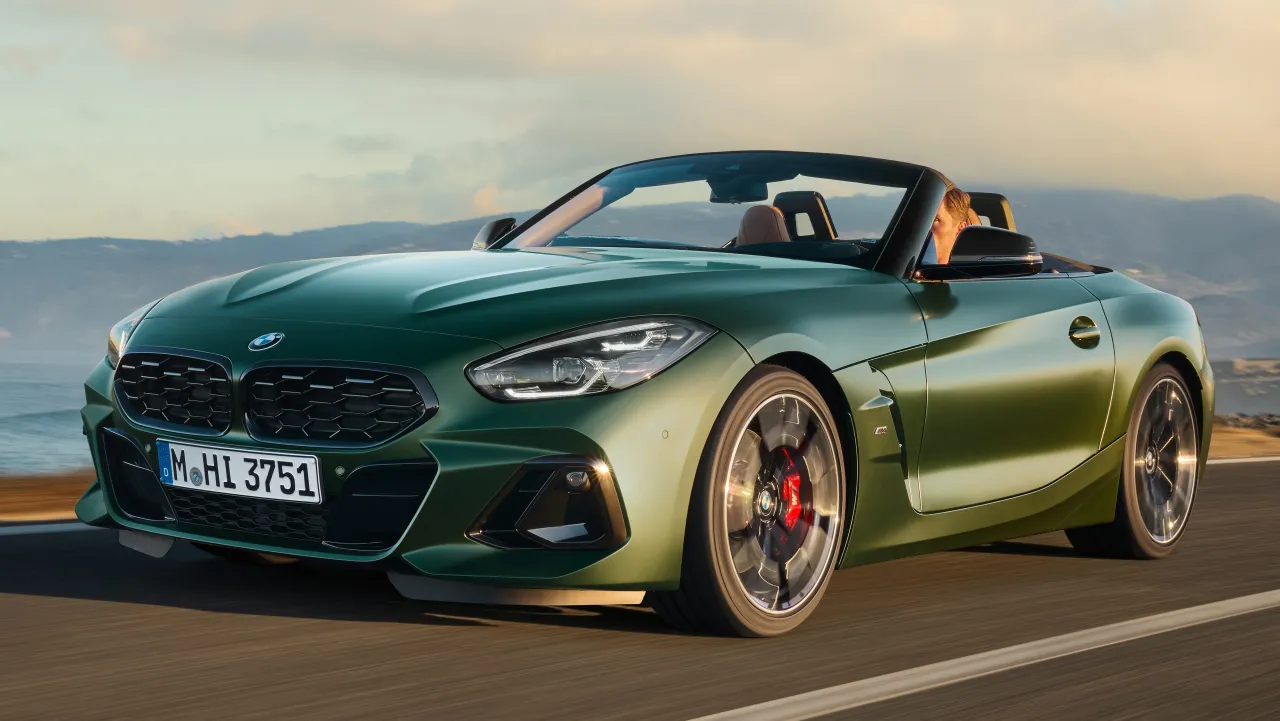
BMW Z4
Looking for a sporty convertible that you can shift yourself and that still has a fancy interior? The BMW Z4 is a great choice. This version of the Z4 is one of the best yet, and when it comes to tech and how it drives, it makes the older model feel outdated.
We wish there was a full M version of the Z4 today, but the six-cylinder M40i model, which comes with a manual option, produces 382 horsepower and is very fast. While the Z4 doesn’t handle quite as sharply as a Porsche 718, it’s still close—and having a manual makes it even more fun.
In production since 1989, this model’s top powertrain option is the M40i Handschalter, which features a 3.0-liter twin-turbocharged six-cylinder engine producing 382 horsepower and 369 lb-ft of torque. It accelerates from zero to 60 mph in just 3.9 seconds and reaches a top speed of 155 mph. With a starting price of $71,125, it blends sharp performance with a rich heritage.
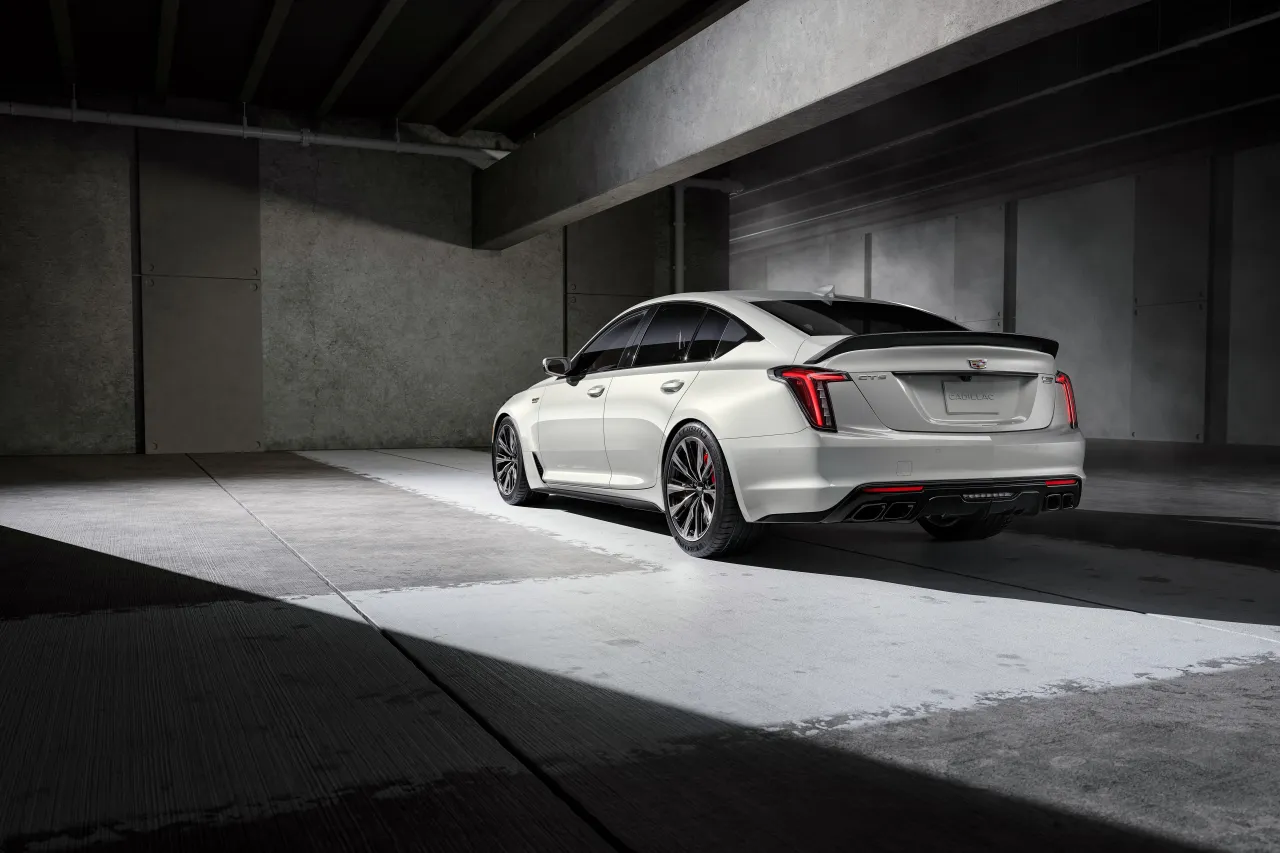
Cadillac CT4-V Blackwing
The CT4-V Blackwing doesn’t get as much attention as its bigger V8-powered brother, but it’s still a very capable and very fast sports sedan that deserves respect. Its 3.6-liter turbocharged V6 puts out 472 horsepower and 445 pound-feet of torque, and it works well with the six-speed manual.
Cadillac added features like automatic rev-matching and the ability to shift without lifting your foot off the gas. These features are exciting to use and make driving easier, especially when you’re not pushing the car hard.
In production since 2021, this model features a top powertrain option in the form of a 3.6-liter twin-turbocharged V6 engine, delivering 472 horsepower and 445 lb-ft of torque.
It sprints from zero to 60 mph in just 3.9 seconds and boasts an impressive top speed of 189 mph. With a starting price of $62,195, it offers high-performance capabilities in a modern package.
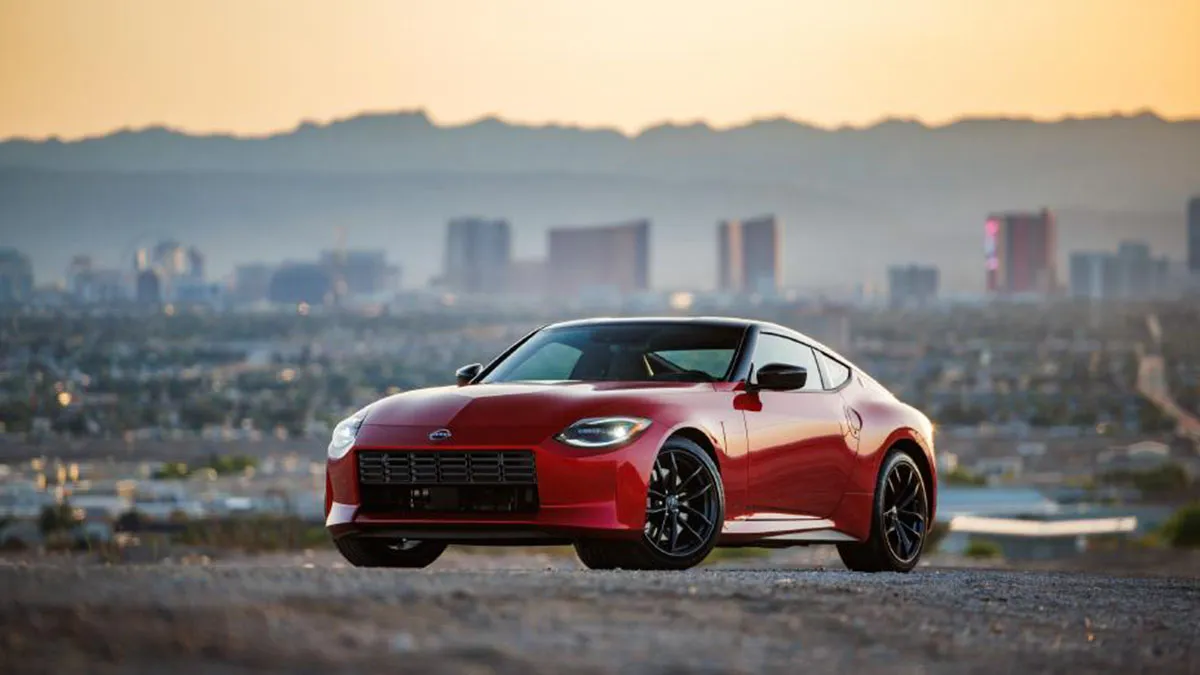
Nissan Z
The not-so-new Nissan Z has a sleek design that reminds people of older models, and that classic style isn’t the only thing that feels like a throwback. This sports car from Japan also comes with a manual transmission as an option, which is a bit unexpected since its sibling, the R35-generation GT-R, only uses a dual-clutch.
Two out of the three Z models for sale—the Sport and Performance—can be ordered with a stick shift. It’s a bit frustrating that the top-of-the-line Nismo version doesn’t offer a manual, but people who enjoy shifting their own gears will still have fun with the other models.
They come with a twin-turbocharged 3.0-liter V-6 engine that makes 400 horsepower and 350 ft lbs of torque. That’s plenty of power to go from zero to 60 mph in 4.5 seconds and reach a top speed of 155 mph.
In production since 1969, this iconic model offers a top powertrain option featuring a twin-turbocharged 3.0-liter V6 engine that produces 400 horsepower and 350 lb-ft of torque. It accelerates from zero to 60 mph in 4.5 seconds and reaches a top speed of 155 mph. With a starting price of $42,970, it delivers strong performance while honoring its long-standing legacy.
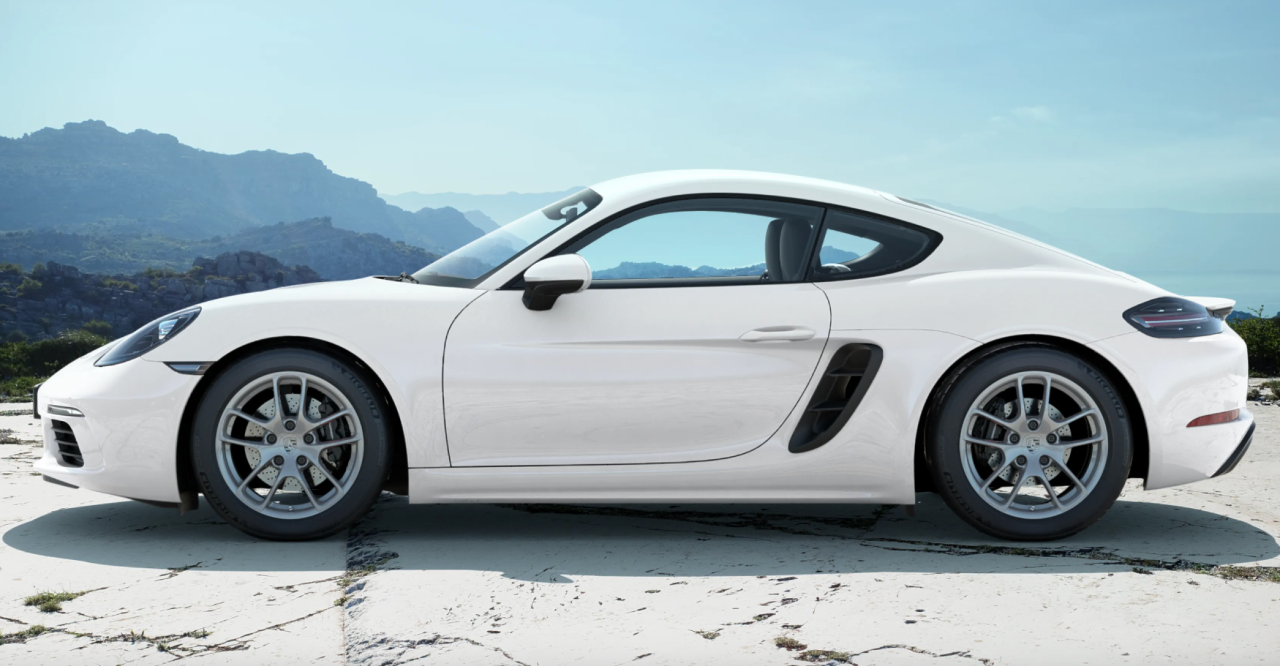
Porsche 718
Porsche sports cars have been known for having some of the best manual transmissions around. The way Porsche engineers have made their cable-actuated shifters feel so smooth and satisfying is impressive. The latest versions of the 718 Boxster and 718 Cayman continue this tradition.
This car uses a six-speed manual instead of the seven-speed found in the 911, and it’s different from the six-speed gearbox in the GT3.
The gear ratios are typical for Porsche, meaning they’re a bit longer than some people might like, but the shifter feels terrific and the clutch is easy to use. The best match for this setup is the 4.0-liter flat-six engine, though the four-cylinder versions still do a good job.
In production since 1996, this model offers a top powertrain option in the form of a 4.0-liter six-cylinder engine (GTS 4.0) that delivers 394 horsepower and 309 lb-ft of torque. It accelerates from zero to 60 mph in just 3.8 seconds and has a top speed of 179 mph.
With a starting price of $74,795, it combines impressive performance with a sleek design, making it a compelling choice for enthusiasts.
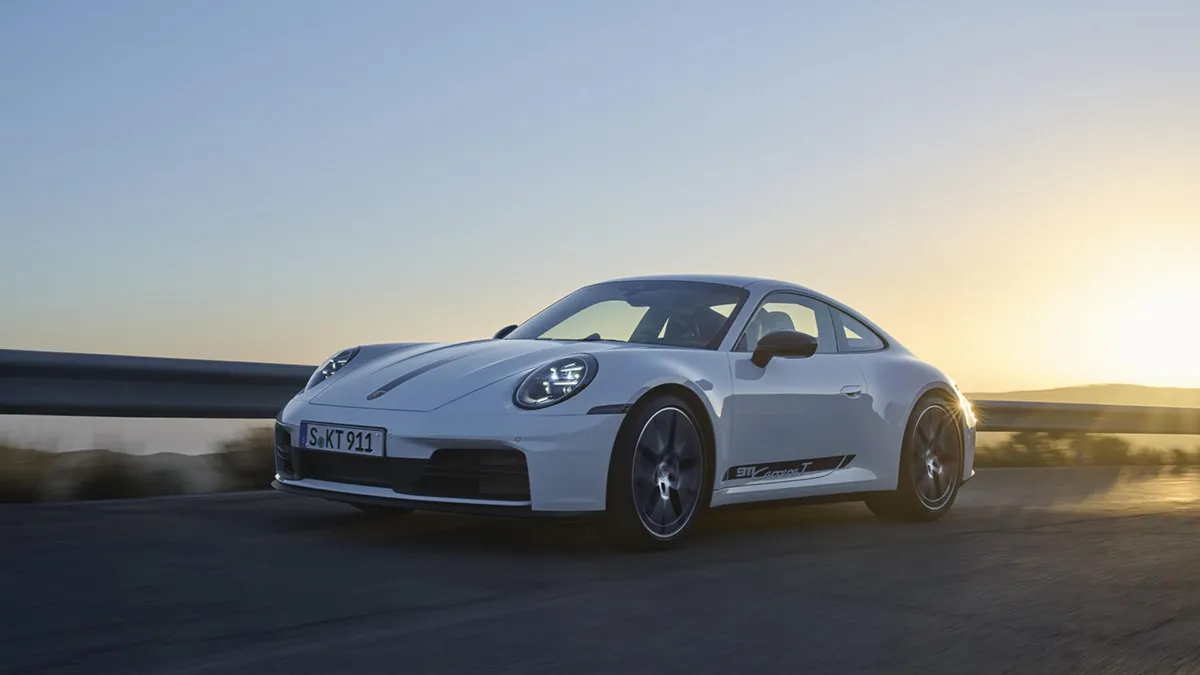
Porsche 911
Even the calmer versions of the Porsche 911 are amazing sports cars that feel very well put together and carefully designed. There are a few engine options to pick from, starting with the base turbocharged flat-six in the Carrera T trim, which makes just under 400 horsepower.
On the other end, there’s the 500-horsepower, high-revving engine in the GT3, GT3 RS, and S/T models. But for 2025, only the Carrera T comes with a manual transmission.
The 992.2-generation Carrera T looks like it will be very fun to drive. Its six-speed manual transmission sends the engine’s 388 horsepower and 331 ft lbs of torque to the rear wheels. That setup lets it go from zero to 60 mph in 4.3 seconds and reach a top speed of 183 mph. That’s pretty impressive for one of the “lower” versions of this famous car.
In production since 1964, this model features a top powertrain option with a 3.0-liter twin-turbocharged six-cylinder engine (Carrera T) that produces 388 horsepower and 331 lb-ft of torque. It accelerates from zero to 60 mph in 4.3 seconds and reaches a top speed of 183 mph.
With a starting price of $134,000, it delivers exceptional performance and luxury, continuing the brand’s legacy of high-performance vehicles.
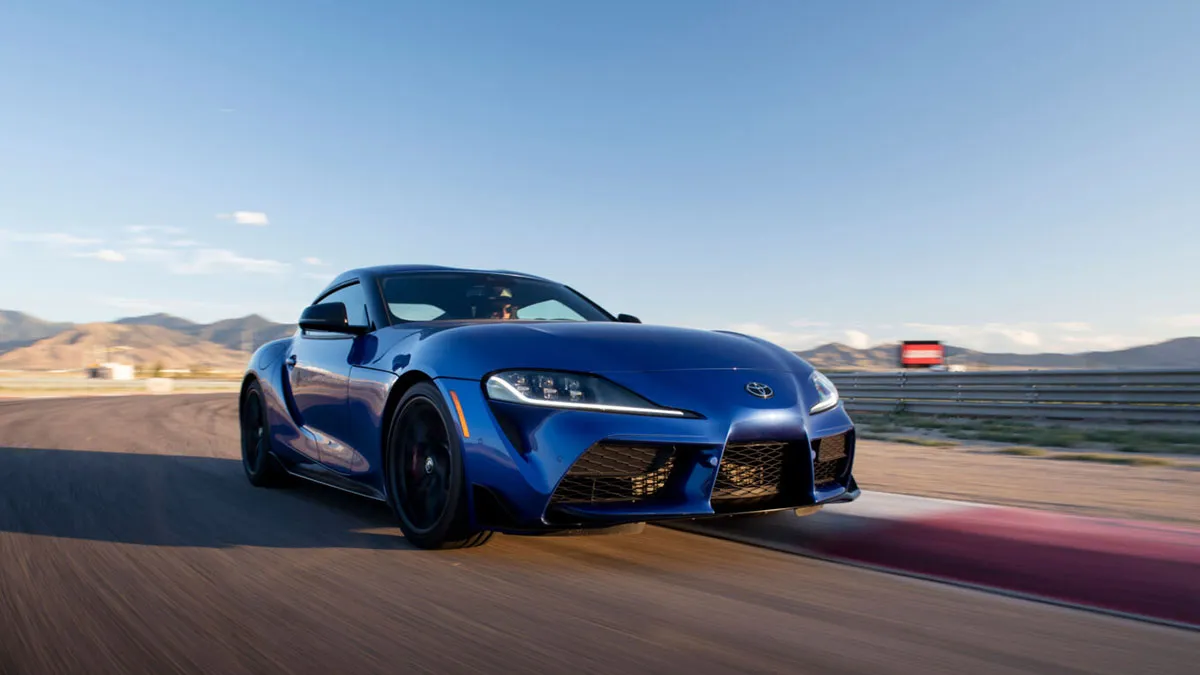
Toyota GR Supra
If the last few years haven’t made it obvious enough, the Toyota GR Supra is built for people who really enjoy driving. Even though it didn’t launch with a manual in 2019, a stick shift has been available for the past few model years.
You can now get any version of this two-door car with a manual, including the most powerful one, which has a BMW-sourced 3.0-liter turbocharged inline-six that makes 382 horsepower and 368 ft lbs of torque. It can reach 60 mph in under four seconds and has a top speed of 155 mph.
Also Read: 10 Chevrolet Models With a Reputation for Rugged Engines
The manual has been popular too, at least when it comes to this model. In the first year it was offered, 1,216 buyers—or around 47 percent—chose the manual. That’s a big deal, especially since fewer than two percent of cars sold in the U.S. have a manual these days.
In production since 1978, this vehicle offers a top powertrain option with a 3.0-liter turbocharged six-cylinder engine that delivers 382 horsepower and 368 lb-ft of torque. It can accelerate from zero to 60 mph in just 3.9 seconds and reach a top speed of 155 mph. The starting price for this model is $56,250.

